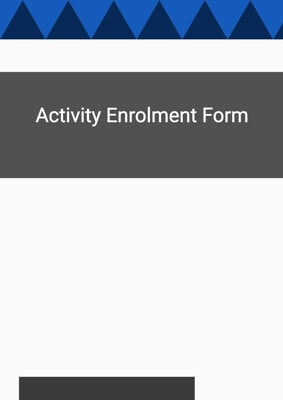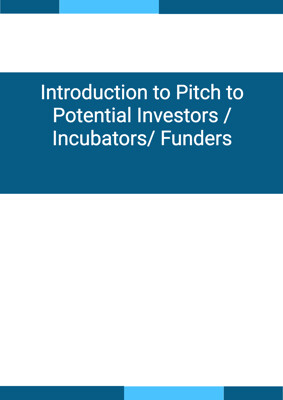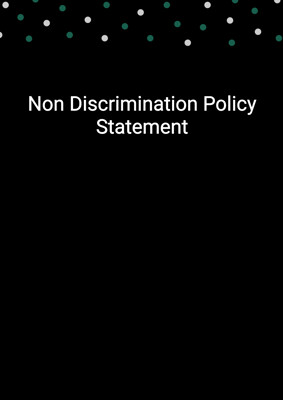How to Tailor the Document for Your Need?
01
Create Document
Click "Create Document" button and the document will be prepared with your account details automatically filled in.
02
Fill Information
Please fill in any additional information by following the step-by-step guide on the left hand side of the preview document and click the "Next" button.
03
Get Document
When you are done, click the "Get Document" button and you can download the document in Word or PDF format.
04
Review Document
Please review the document carefully and make any final modifications to ensure that the details are correct before publication / distribution.
Document Preview
Document Description
The Business Plan Template is a comprehensive document that outlines the key aspects of a business plan. It is an essential tool for entrepreneurs and business owners to effectively communicate their vision, mission, and strategies to potential investors, partners, and stakeholders. The document begins with a summary of the project, including the project name, objective, funding period, social problem or issue being addressed, and how the project aims to resolve or alleviate the problem.
Part I of the document focuses on the vision and mission of the project. It highlights the social problem to be addressed, the strategy or method to be adopted, the positive change to be brought to society, and includes a logic model with diagrams to visually represent the project's goals and objectives.
Part II delves into the capacity of implementation and innovativeness. It provides a detailed work plan and implementation timetable, including activities such as community visits and recruitment of staff or volunteers. It also addresses potential problems and solutions that may arise during implementation, as well as the project's innovation and uniqueness. A SWOT analysis is conducted to assess the project's strengths, weaknesses, opportunities, and threats. Additionally, marketing and promotion strategies and channels are discussed.
Part III focuses on the social impact of the project. It identifies the target group and their needs, as well as how poverty alleviation and/or social inclusion can be addressed.
Part IV evaluates the capability of the team involved in the project. It highlights the team's previous relevant experience, includes a preliminary corporate governance plan, and identifies other advisors and stakeholders engaged in the project. Measures to monitor the progress and quality of the project are also outlined.
Part V addresses the cost effectiveness of the project. It discusses cost control measures and includes a budget plan and cashflow analysis.
Overall, the Business Plan Template provides a comprehensive framework for developing a well-structured and strategic business plan.
How to use this document?
1. Start by summarizing the project, including the project name, objective, funding period, social problem or issue being addressed, and how the project aims to resolve or alleviate the problem.
2. In Part I, clearly define the vision and mission of the project. Identify the social problem to be addressed, the strategy or method to be adopted, and the positive change to be brought to society. Use diagrams to visually represent the project's goals and objectives.
3. In Part II, create a detailed work plan and implementation timetable. Include activities such as community visits and recruitment of staff or volunteers. Anticipate potential problems and provide solutions. Highlight the project's innovation and uniqueness. Conduct a SWOT analysis to assess strengths, weaknesses, opportunities, and threats. Develop marketing and promotion strategies and identify the channels to be used.
4. In Part III, identify the target group and their needs. Clearly state how poverty alleviation and/or social inclusion can be addressed.
5. In Part IV, highlight the team's previous relevant experience. Develop a preliminary corporate governance plan. Engage other advisors and stakeholders. Establish measures to monitor the progress and quality of the project.
6. In Part V, discuss cost control measures. Attach a budget plan and cashflow analysis.
7. Regularly review and update the business plan as needed to reflect changes in the project or business environment. Continuously monitor the progress and quality of the project to ensure its success.
Not the right document?
Don’t worry, we have thousands of documents for you to choose from:









